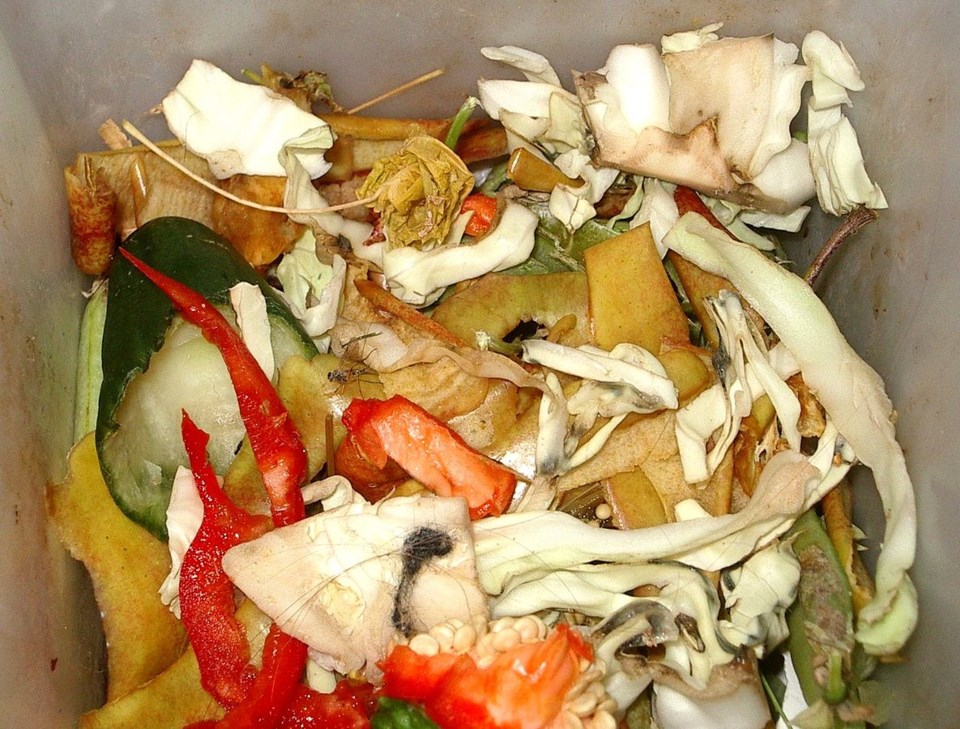It’s a new day and a new age and yet landfills continue to fill up. Efforts are being made to reduce greenhouse gas emissions, but they’re still just band-aid solutions. Now attention is being turned towards the possibility of using kitchen waste for energy.
“The Yukon is looking for ways to (divert more waste) from their landfill,” said Joy Agnew, an adjunct professor in chemical and bioengineering at the University of Saskatchewan (U of S). Agnew is also a project manager for Prairie Agricultural Machinery Institute (PAMI), which is the organization that focuses on research such as this. “We did some bench scale solid state and anaerobic state digestion with solid waste.”
In other words, the U of S responded to the Yukon’s request and did some trials to see if they could extract any value from solid waste. For 40 days, they took solid waste, used special equipment to digest it, and then measured the biogases.
Food waste is a massive proportion of household garbage and when it breaks down in landfills, that methane gas is a greenhouse gas 21 times more potent than carbon dioxide. When people compost, even if the carbon dioxide produce is worthless, the leftover material can be used for soil nutrients.
There are two types of organic decomposition: anaerobic and aerobic. The aerobic process releases carbon dioxide, which is useless, but it also leaves behind a nutrient-rich type of soil. The anaerobic process, on the other hand, produces methane gas, which can be converted into energy. It also leaves behind product that can be used as a soil supplement. The latter process was the type used in the U of S trials to produce biogas.
According to Agnew, the trial they did for the Yukon went okay, but it was concluded that the biogas produced doesn’t justify building a digester for that purpose. The immediate cost would outweigh the initial savings.
“There are other benefits other than just biogas, but it’s difficult to quantify and justify,” said Agnew. “It all comes down to the dollar. If you can’t make enough money to build equipment, it’s difficult to sell.”
Despite that, Agnew also admitted that given time, the long-term cost savings would eventually pay for the initial expenditure of building the equipment. If a community could build the necessary technology at a landfill that would process solid organic waste and convert it into an energy source, there would be benefits to the taxpayers, less strain on the system, and a healthier environment.
Unfortunately, there are other challenges to consider. In Saskatchewan, for example, there is no composting system. As such, diverting organic waste would require additional resources and education for the public as to what’s considered organic waste. They would also need extra manpower for compost pickup and managing the system.
“If you start looking at the economics, it all comes down to the values and drivers for it,” said Agnew. “It would extend the life of a landfill, you wouldn’t have to dig another one, it would beautify the city, etc. If you consider all those benefits, then yes, investing in a composting program would make sense.”
In place such as Toronto or Vancouver where there are already green bin programs set up, much of this cost will have already been mitigated since the system and education is already in place. However, in provinces such as Saskatchewan, there just isn’t enough of a population to support that kind of additional program.




